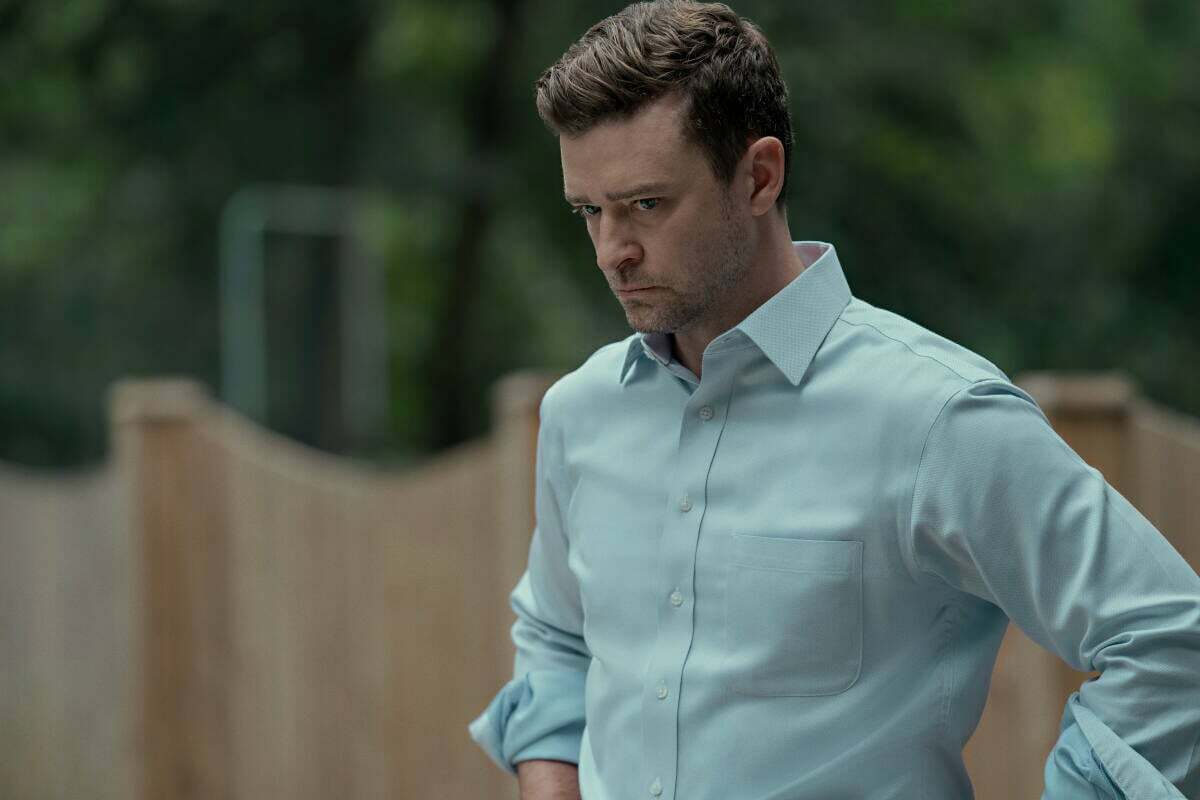Yair Elazar Glotman, a film composer and a musician based in Berlin, talks about writing an unsettling score for new Netflix thriller, Reptile (currently holding first position as the most-watched film on the streaming platform for the third week in a row with 14.2 million views this week alone), starring Benicio Del Toro, Justin Timberlake, Alicia Silverstone and Micheal Pitt.
Following the brutal murder of a young real estate agent in Scarborough, a hardened detective (Del Toro) attempts to uncover the truth in a case where nothing is as it seems, and by doing so dismantles the illusions in his own life. So begins Reptile, which from the first opening seconds, the audience – immediately made uneasy due to a combination of slick cinematography, disorientating time jumps and Glotman’s unsettling score – is clued in to know that something is off, but what?
Was it an immediate yes from you to join this project when you heard the synopsis?
For me, it was a no-brainer, especially since I'm a huge Benicio Del Toro fan, as I got to stare into his face a lot! His performance is absolutely amazing. When you're scoring to-picture, you spend hours upon hours with the picture; you could be working on one cue on one scene for a couple of days in a row, so you really get to study each actor's performance. That was a privilege to do.
Reptile’s director, Grant Singer, is known for his music video work for artists like Sam Smith, The Weeknd, Taylor Swift, Ariana Grande and Camila Cabello, making this his feature film directorial debut. As he has a strong connection to shaping memorable visuals around music already, did he have a specific vision for how he wanted the score to sound for Reptile?
It was a really nice experience working with Grant and it was interesting to collaborate because he has an understanding of music and a vast knowledge of references and different kinds of music genres and film scores. He had many, many references and ideas, and was able to throw out four different ideas and to shift them.
He has a vast understanding of the role of music, even though when working on music videos, the music is the main thing that's been predetermined for a director. But I think that even though as a music video director, you're not in charge of the music, you respond to music. He is very sensitive to sound and music overall, so it was a very interesting and unique experience working together with him. It was also really cool to just geek out on various kinds of music!






